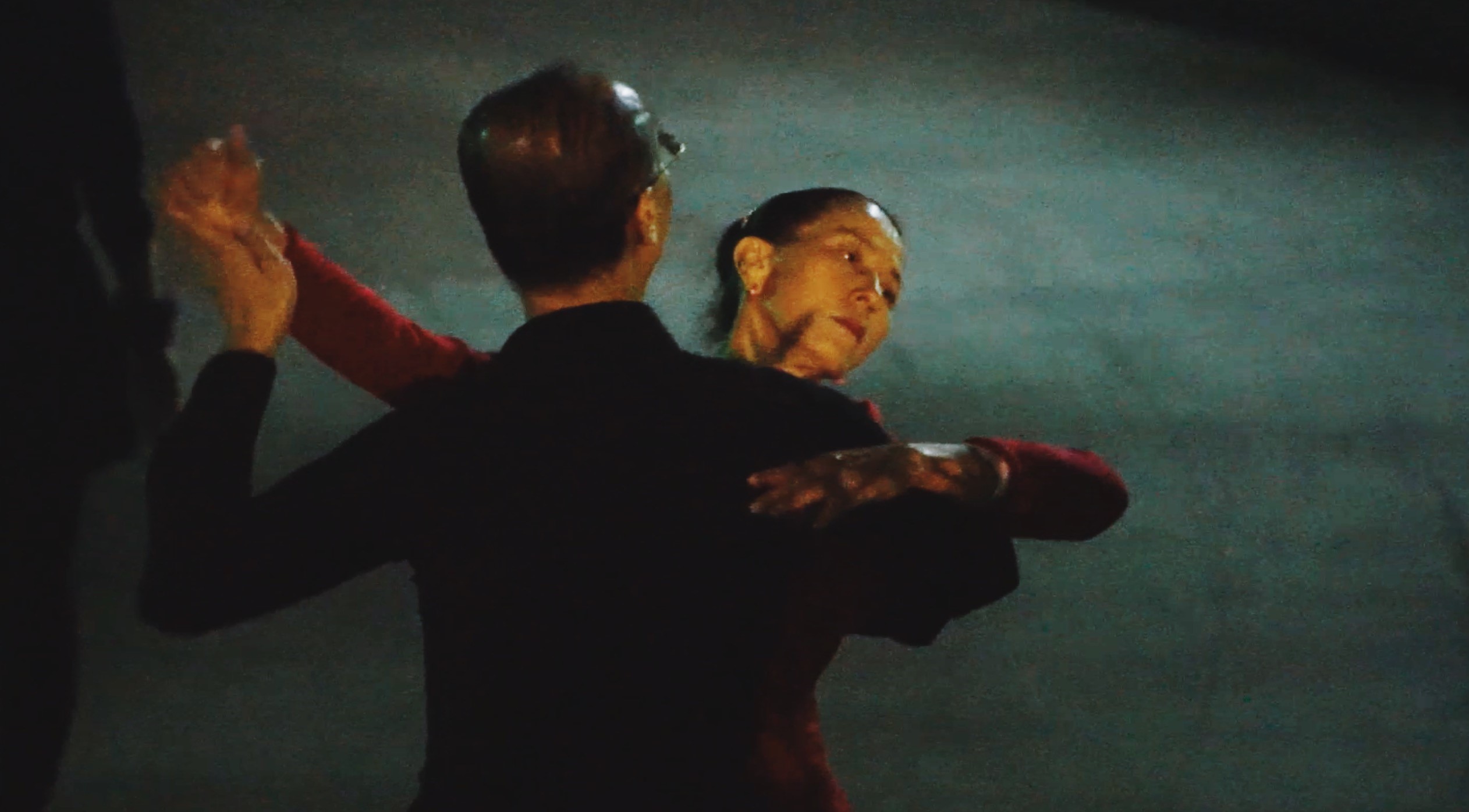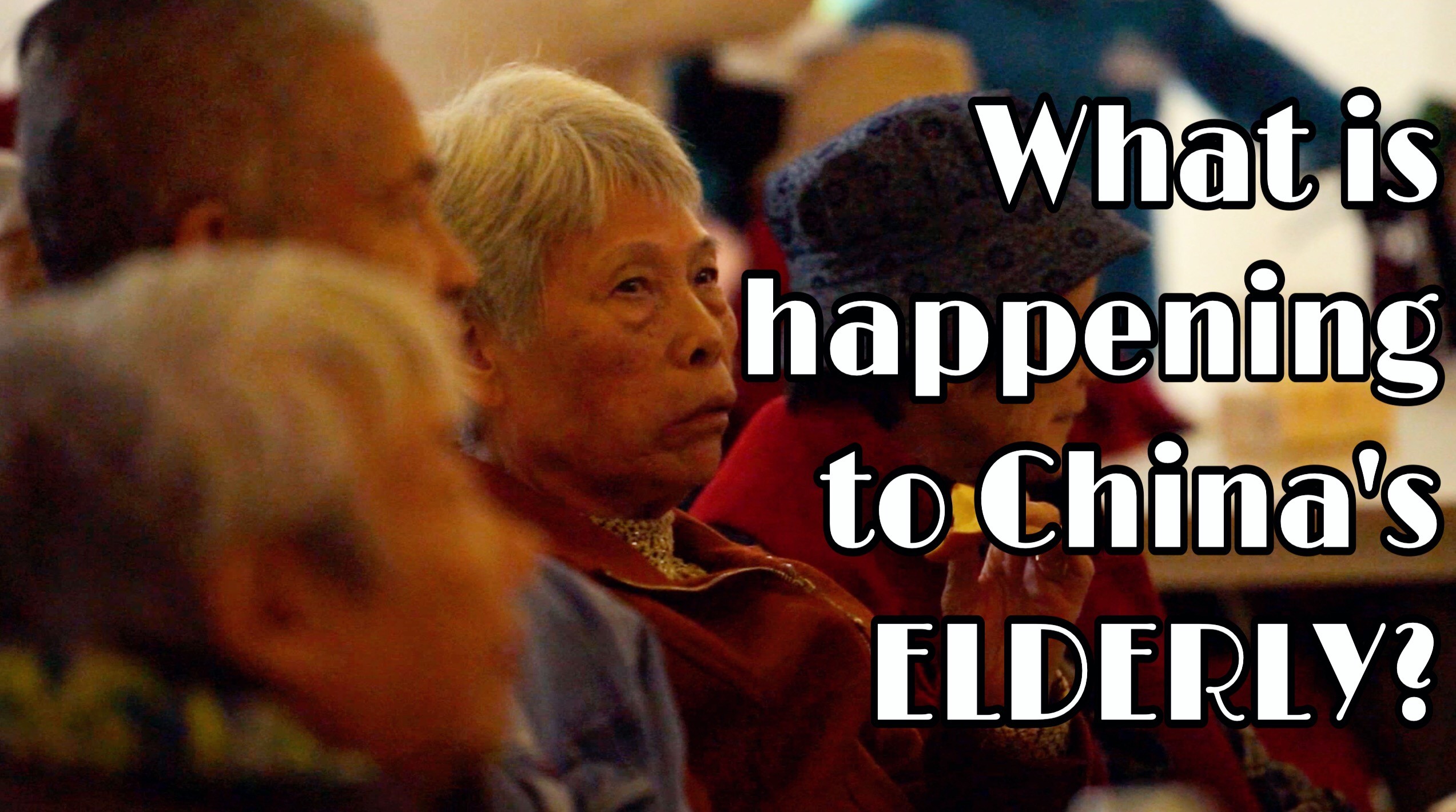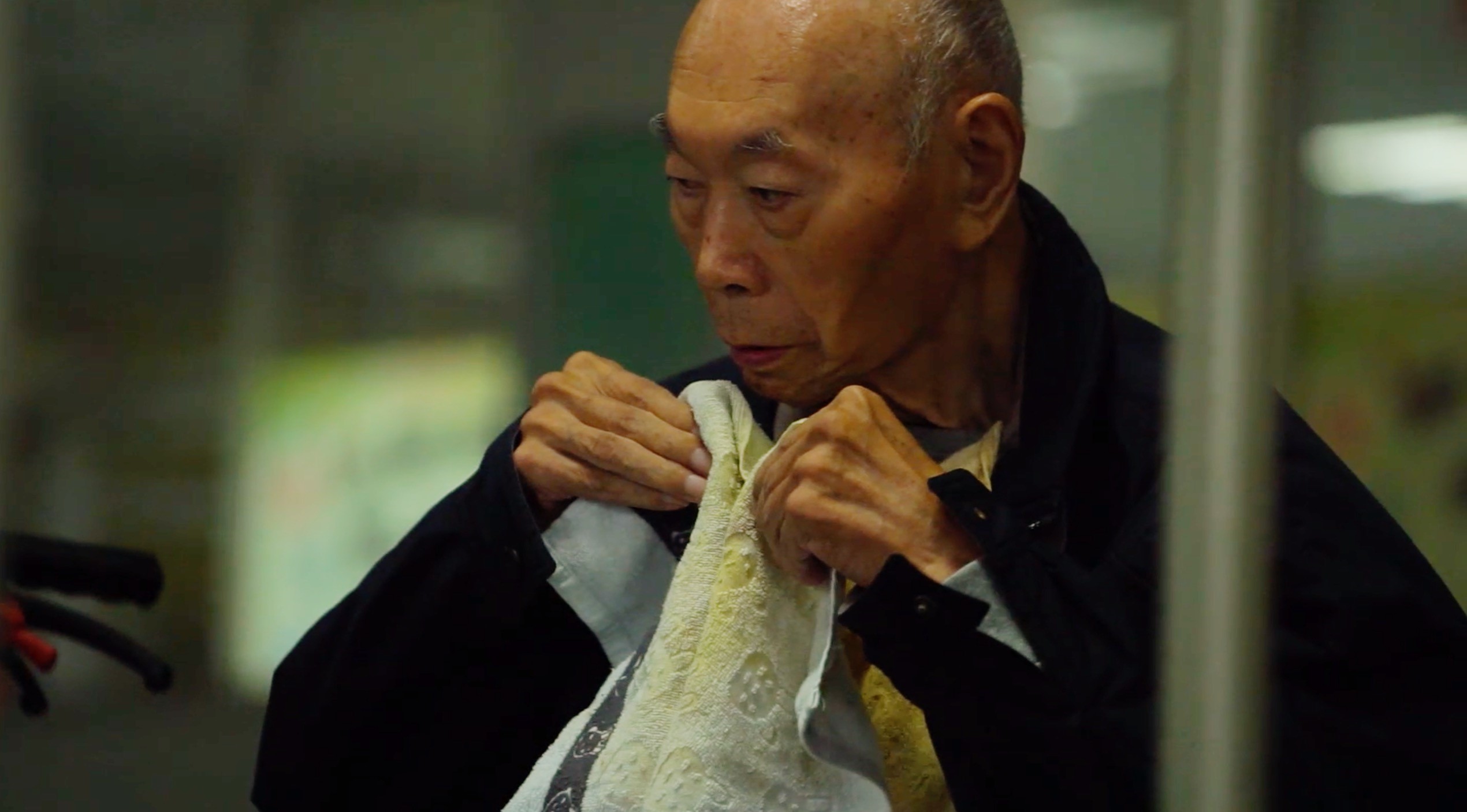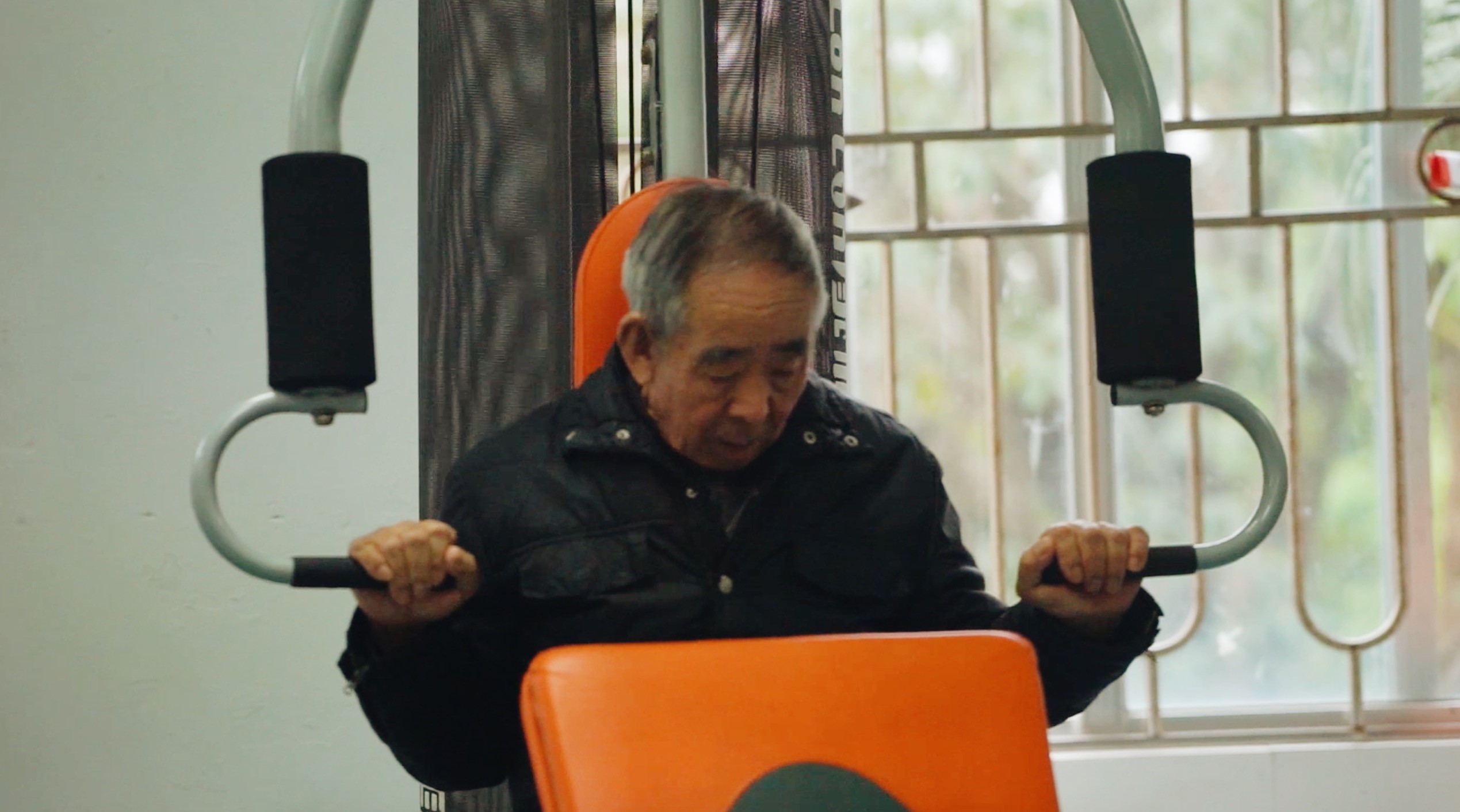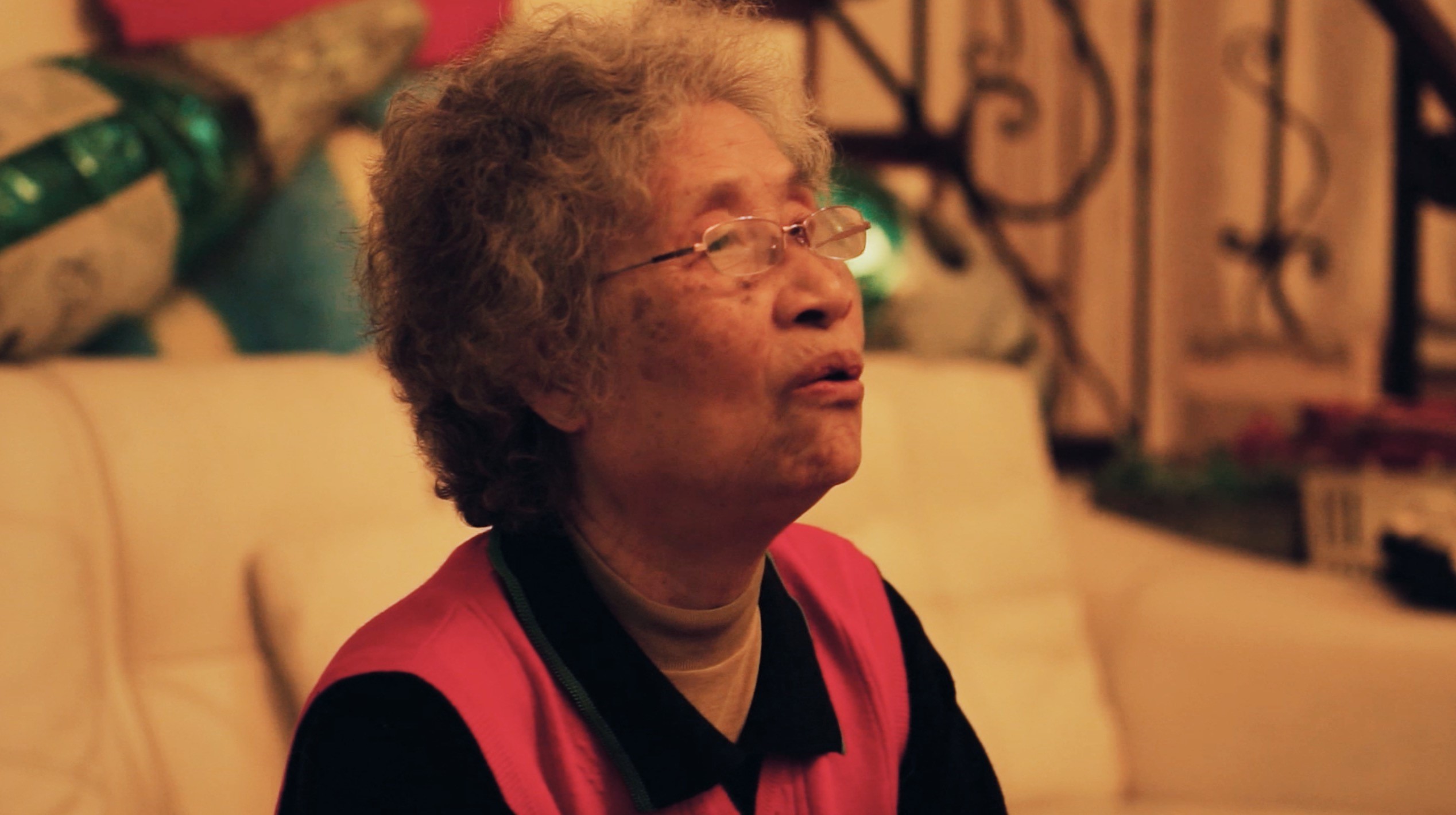Conguratulations to our students Moris and Logan won Global Round Frist Prize with their work How to help teenagers against “body shame” in China Thinks Big (CTB). Except that Logan also won the Second Prize in individual competition.
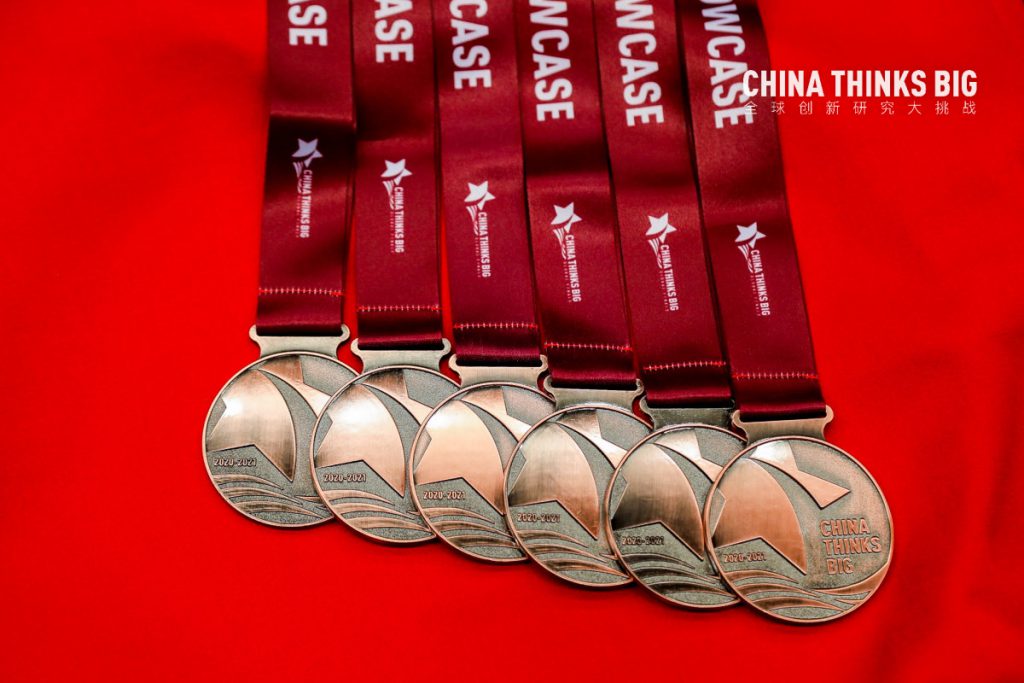
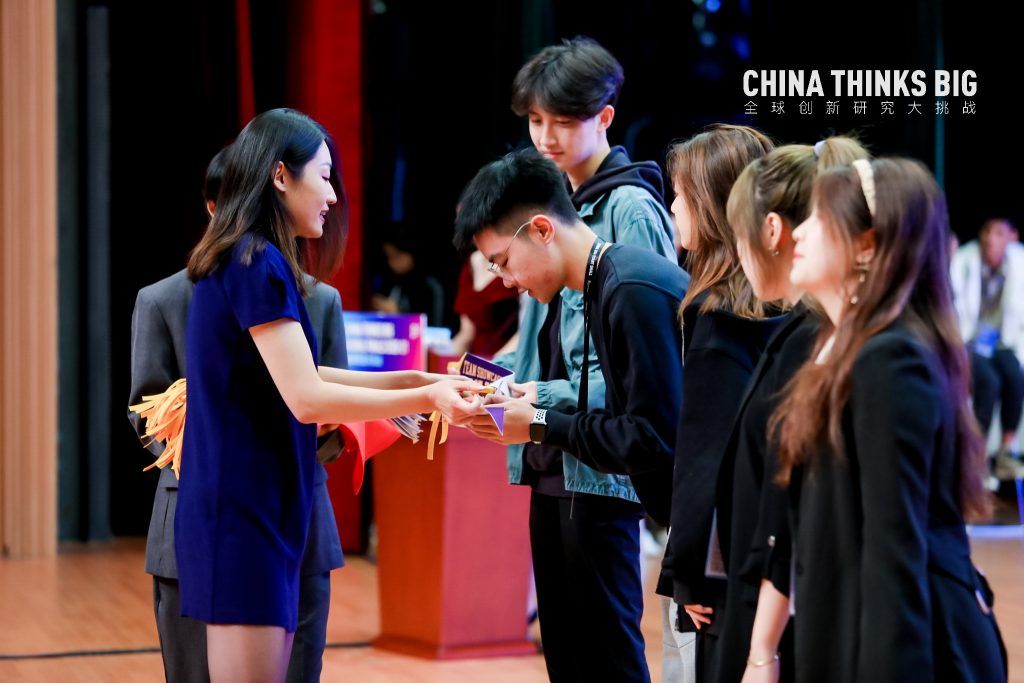
Name | Topic | Award | Other Awards |
|---|---|---|---|
20704 Austin Song | Tree Hole-a mental platfom to heal depresssion | National Round-Third Prize | |
19133 Peter Liu | How to improve public awareness on the safty of street food | National Round-Second Prize | |
16133 Kenny Pan | A creative solution to improve public awareness on the plastic pollution from take-away food | National Round-First Prize | Best Debate |
16031 Grace Xin | Sugar control on Chinese diet-the application of smart choposticks | National Round-Third Prize | Innovation Award |
16067 Moris You | How to help teenagers against 'body shame' | Global Round-First Prize/ National Round-First Prize | Innovation Award |
19039 Logan Huang | How to help teenagers against 'body shame' | Global Round-First Prize/ National Round-First Prize | Innovation Award/Individual award-Second Prize |
What’s our topic?
Our topic is how to help Chinese teenagers confront body shame. Body shame is the negative emotion triggered by dissatisfaction with one’s appearance. These emotions are usually stressed that leads to insomnia, anorexia, and depression in severe cases. Teenagers are gradually becoming the most susceptible group to online information as social media overwhelms their lives. Teenagers aged from 14 to 18 often spend a large amount of time on the internet, but they are generally unable to process negative information online. Therefore, they are easily affected by celebrities and a limited definition of beauty, causing self-depreciation. Body shame has been a common issue among teenagers, yet few pieces of research have been done in this field.
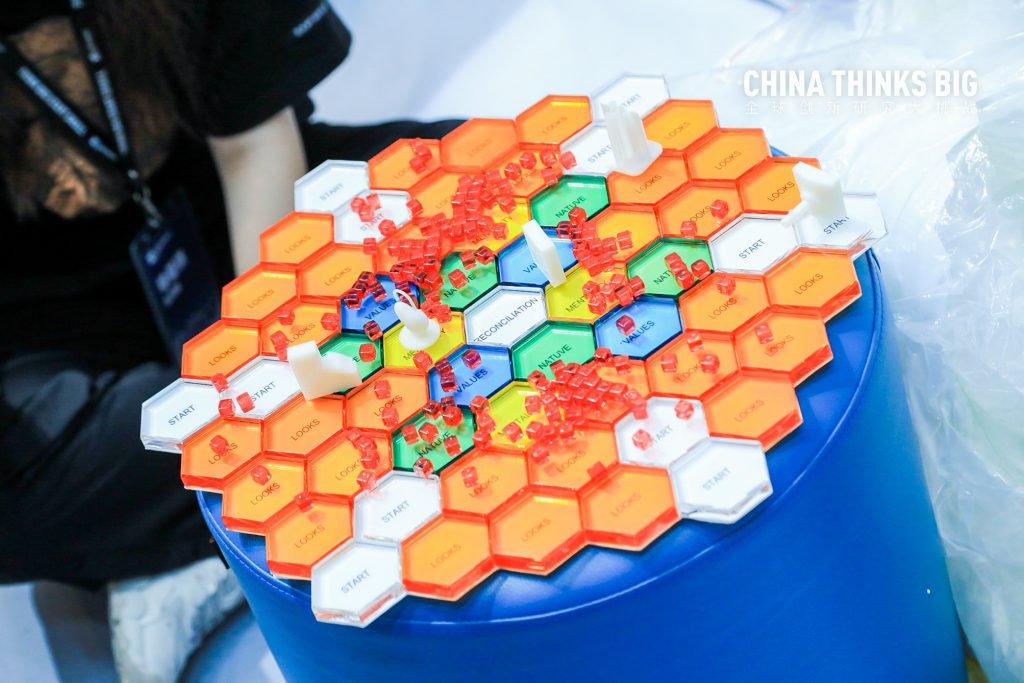

Why?
As teenagers, we have experienced different levels of body shame ourselves. We deeply understand its essentiality and sympathize with our peers who suffer from body shame. Hence, we decided to investigate the effect of body shame on teenagers, which corresponds to the core message of CTB—start small, think big. We hope that by addressing trivial issues we can make a difference to the bigger world.
How to do research?
As previously mentioned, there were few pieces of research related to body shame in China and even globally, so we faced obstacles when we were searching for literatures. Fortunately, CTB provided us with a clear research plan and guided us the way.
To investigate a social issue, the process is identification, research, hypothesis, methodology, analysis, and conclusion. This is called the scientific method. We found that our research and methodology were not clear enough due to a lack of understanding of body shame. In order to prepare ourselves academically, we reviewed multiple literatures regarding body shame and compared their results. Furthermore, we reached out to two professionals for help—Dr. Tara Well from the University of Columbia and the owner of the first “appearance clinic” Dr. Arie Winograd. We had several online conferences with them to discuss the issue of body shame. Finally, we researched this question using self-report questionnaires among teenagers from 14 to 18. Two questionnaires confirmed our hypothesis that body shame has been a serious and widespread social problem.

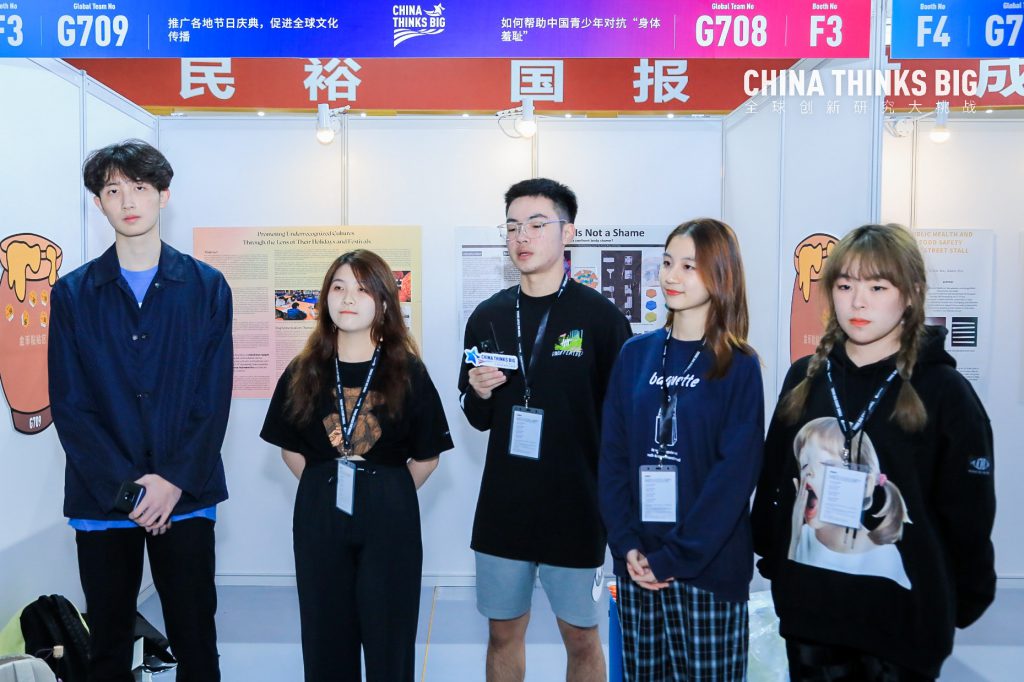
Research, then what?
All research is made for actions. After finalizing our research, our team promptly turned to the development of an action plan. Based on results from the surveys and analysis, we made our minds to design a game-like solution. It should act as a reliever to those who suffer from body shame and could be applied to a day-to-day scenario. The sole driving force behind this idea is not only the fact that no one had ever attempted to apply entertaining therapies into body dysmorphia treatment but also due to the acceptance rate amongst our interviewees. Among the 200 participants who finished our survey, nearly 50% of them were open to game-like solutions, which was already inspiring enough for us to carry on this idea.
Finally, we have decided to design a PvE board game, which would be practiced on a regular basis, and users’ feedback shall be collected as well. In the board game world, mankind is under attack from a malicious virus called “fashion”. This virus has fundamentally altered people’s opinion of their own body image and caused worldwide anxiety which heavily sabotaged our daily lives. Players must find their way through the deadly virus and eventually reach the destination of “reconciliation”. In real action, 6 players should start respectively from the six corners on the hexagon board. The small hexagons on the board are labeled with different names and colors to represent different districts that the players need to pass through. At each round, players would move their own character for 1 block and draw a card from the card pile. The cards are labeled as either “praise” or “criticize”. On the backside of each card, there will be instructions on the adding or removal of the virus at the directed district. Both types of cards simulate the positive and negative comments teenagers might receive in their daily lives. As the virus is propagated on the board at a constant rate, these cards are the only weapon players can use to counter its spread. To win, at least 1 of the 6 players must reach the center hexagon before the time runs out; otherwise, the virus would evolve and take over the world.
This game is designed to match with the near-future background where social media and perfect body image will play an amplified part in people’s lives. This being the case, we based our art design on the classical cyberpunk style and welded the fancy color with witch’s hexagons. Moreover, this game also caters to the worldwide pandemic nowadays. It is named “Fashionpunk 2049” as a tribute to the famous Blade Runner sequel by Denis Villeneuve.
We have made a total of two ideations according to Stanford Design Thinking Process. At last, we made the finest version and successfully exhibited it at the Global Finals. We have come a far way from that little scratch of paper painted with pixel colors. This marvelous product grows with us. The board game is the eye-witness of every piece of our hard work in the past year. This is not only our trump card but the perfect present for us all.


Story never ends
Our topic is how to help Chinese teenagers confront body shame. Body shame is the negative emotion triggered by dissatisfaction with one’s appearance. These emotions are usually stressed that leads to insomnia, anorexia, and depression in severe cases. Teenagers are gradually becoming the most susceptible group to online information as social media overwhelms their lives. Teenagers aged from 14 to 18 often spend a large amount of time on the internet, but they are generally unable to process negative information online. Therefore, they are easily affected by celebrities and a limited definition of beauty, causing self-depreciation. Body shame has been a common issue among teenagers, yet few pieces of research have been done in this field.
Think big, start small.
- Article / Logan Huang
- Photos / CTB

